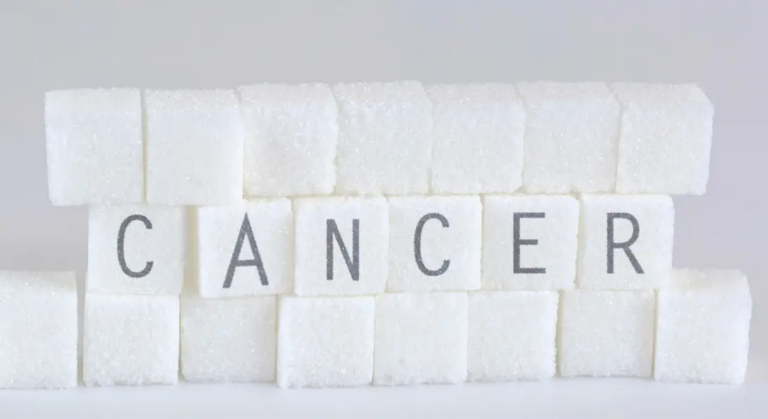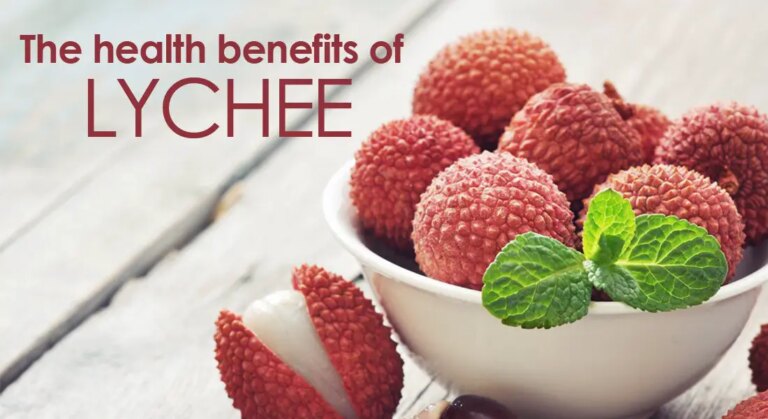Your favorite rainbow candies became safer. Mars Wrigley has confirmed that Skittles produced in the United States no longer contain titanium dioxide, a controversial food additive that the European Union banned in 2022 due to health concerns. This change affects one of America’s most popular candy brands, removing an ingredient that food safety advocates have criticized for years. The decision comes amid growing pressure from the Make America Healthy Again movement and increased scrutiny of food additives in processed products. Dr. Partha Nandi examines what titanium dioxide does to your body, why Europe banned it, and what this change means for candy lovers and food safety in America.
What Titanium Dioxide Does in Your Candy
Titanium dioxide serves as a whitening and brightening agent, giving candies their vibrant, opaque colors and shiny appearance. Food manufacturers add this chemical compound to make products look more visually appealing by creating the bright, uniform colors that catch your eye on store shelves. Without titanium dioxide, many candies would appear duller and less attractive to consumers.
Food companies use titanium dioxide in thousands of products beyond candy, including baked goods, sauces, dairy products, and beverages. According to FDA data, over 4,300 candy products currently contain this additive, making Skittles just one of many popular treats that rely on this ingredient for visual appeal.
Manufacturers value titanium dioxide because it provides consistent coloring results and remains stable under various processing conditions. Unlike natural colorants that may fade or change under heat and light, titanium dioxide maintains its whitening and brightening effects throughout manufacturing, packaging, and storage.
The same compound is also found in non-food products, such as paint, sunscreen, and cosmetics, where it provides similar whitening and opacity effects. When you see bright white paint or thick sunscreen, titanium dioxide likely contributes to those visual characteristics.

Europe Banned It for DNA Damage Concerns
The European Food Safety Authority (EFSA) banned titanium dioxide in 2022 after determining that the additive could cause genotoxicity, meaning it might damage DNA and cellular structures. European scientists concluded they could not rule out concerns about the ingredient’s safety when consumed regularly over time.
Genotoxicity represents a serious health concern because DNA damage can potentially lead to cancer and other serious health problems. When chemicals interfere with genetic material, they can cause mutations that disrupt normal cellular function and increase the risk of disease. European regulators decided that this potential risk outweighed any benefits from improved food appearance.
EFSA’s decision followed years of research examining the interaction of titanium dioxide particles with human cells. Laboratory studies suggest that nanoparticles of titanium dioxide can penetrate cellular barriers and potentially induce inflammatory responses in digestive tissues.
European food manufacturers had to reformulate thousands of products to comply with the ban, proving that removing titanium dioxide is technically feasible across various food categories. Many companies have successfully developed alternative coloring methods that maintain product appeal without potential health risks.
Make America Healthy Again Movement Creates Pressure
Robert F. Kennedy Jr.’s leadership of the Health and Human Services Department has elevated concerns about food additives to national prominence. The Make America Healthy Again Commission specifically named titanium dioxide as a potentially harmful ingredient that may cause cellular and DNA damage.
Political pressure from health advocates has encouraged companies to remove questionable ingredients voluntarily rather than wait for regulatory action. Mars likely decided to eliminate titanium dioxide from Skittles to avoid negative publicity and align with changing consumer preferences for cleaner ingredients.
State-level legislative efforts to ban titanium dioxide have created a patchwork of potential regulations that food companies must navigate. California attempted to ban the ingredient in 2023, and other states are considering similar measures that could lead to nationwide reformulations.
Consumer advocacy groups, such as the Environmental Working Group, have filed petitions with the FDA requesting bans on titanium dioxide, although federal regulators have not yet taken action. Industry observers anticipate continued pressure on both companies and regulators to address concerns about the safety of food additives.
FDA Still Considers the Additive Safe
Unlike European regulators, the FDA continues to classify titanium dioxide as “generally recognized as safe” for use in food. American food safety authorities have not found sufficient evidence to justify banning the ingredient, creating a regulatory divide between the US and Europe.
FDA scientists cite decades of use without documented harm to American consumers as evidence supporting continued approval. The agency maintains that current exposure levels from food consumption fall below thresholds that might cause health problems.
Differences in regulatory philosophy partly explain the divide between the US and Europe on titanium dioxide. European authorities tend to apply precautionary principles that ban substances when safety questions arise, while American regulators typically require more substantial evidence of harm before restricting ingredients.
Food industry groups argue that removing titanium dioxide unnecessarily increases costs and limits manufacturing options without clear health benefits. They maintain that extensive safety testing supports the continued use of the ingredient in approved applications.

Other Mars Products Still Contain the Additive
Mars has not announced plans to remove titanium dioxide from other popular products, such as M&Ms, which rely on the ingredient for their characteristic shiny coating. The company’s decision appears limited to Skittles in the United States, leaving questions about broader reformulation plans.
M&M’s signature appearance depends heavily on titanium dioxide for the bright, glossy shell that makes the candies visually distinctive. Reformulating M&M’s requires significant changes to manufacturing processes and might alter the product’s iconic appearance.
International Skittles production may continue using titanium dioxide, as Mars has not confirmed whether the change applies to products sold outside the United States. This creates potential confusion for consumers who travel or purchase imported versions of the candy.
Other candy manufacturers continue using titanium dioxide in thousands of products, meaning consumers concerned about the additive must carefully read ingredient labels. Skittles’ reformulation represents a small fraction of total titanium dioxide use in American food products.
Natural Alternatives Provide Safer Options
Food manufacturers can achieve similar visual effects using natural colorants derived from fruits, vegetables, and minerals. These alternatives may cost more and require different processing methods, but they eliminate potential health concerns associated with synthetic additives.
Beetroot extract, turmeric, and spirulina offer natural coloring options that create vibrant hues without the use of controversial chemical additives. While these natural ingredients may not perfectly replicate the whitening effects of titanium dioxide, they offer safer alternatives for health-conscious consumers.
Some companies have successfully reformulated products using natural alternatives without significant changes to taste or appearance. Consumer acceptance of slightly different visual characteristics may increase as awareness of additive health concerns grows.
Research into plant-based colorants continues to advance, potentially providing new options that combine visual appeal with safety profiles that meet both European and American regulatory standards.
My Personal RX on Food Additives and Health
As a physician who has witnessed the connection between diet and disease throughout my career, I’m encouraged when food companies proactively remove potentially harmful ingredients before regulations require such changes. While we may not fully understand the long-term health effects of titanium dioxide, choosing foods with fewer synthetic additives generally supports better health outcomes. When patients ask about processed foods and additives, I recommend reading ingredient labels and selecting products with recognizable, naturally-derived components whenever possible. Your body processes natural ingredients more efficiently than synthetic chemicals, and reducing your exposure to controversial additives represents a simple step toward better health.
- Read ingredient labels to identify synthetic additives: Become familiar with common food additives like titanium dioxide, artificial colors, and preservatives to make informed choices about processed foods.
- Choose naturally colored foods when possible: Select products that use fruit and vegetable extracts for coloring instead of synthetic dyes and whitening agents that may pose health risks.
- Support gut health during dietary transitions: Use MindBiotic supplements, which contain probiotics and prebiotics, to help your digestive system process foods more effectively as you reduce your consumption of processed foods.
- Prepare homemade alternatives to processed candies: Cook colorful, naturally sweet treats using recipes from Mindful Meals cookbook that satisfy cravings without controversial additives or excessive sugar.
- Teach children about ingredient safety: Help kids understand why some ingredients raise health concerns and involve them in choosing healthier alternatives to their favorite processed snacks.
- Gradually reduce your consumption of processed foods: Make incremental changes to your diet by replacing the most processed items first, allowing your taste preferences to adapt to less artificially enhanced foods.
- Focus on whole foods for optimal nutrition: Emphasize fresh fruits, vegetables, and minimally processed options that provide nutrients without the additives commonly found in manufactured foods.
- Stay informed about food safety developments: Follow reliable sources for updates on ingredient safety research and regulatory changes that affect the foods you and your family consume regularly.
- Support companies making healthier choices: Purchase products from manufacturers who proactively remove questionable ingredients, encouraging industry-wide improvements in food safety standards.
- Consider the precautionary principle in food choices: When scientific evidence about ingredient safety is incomplete, opt for options with established safety records over newer synthetic additives with uncertain long-term effects.
Sources:
Younes, M., Aquilina, G., Castle, L., Engel, K., Fowler, P., Fernandez, M. J. F., Fürst, P., Gundert‐Remy, U., Gürtler, R., Husøy, T., Manco, M., Mennes, W., Moldeus, P., Passamonti, S., Shah, R., Waalkens‐Berendsen, I., Wölfle, D., Corsini, E., Cubadda, F., . . . Wright, M. (2021). Safety assessment of titanium dioxide (E171) as a food additive. EFSA Journal, 19(5). https://doi.org/10.2903/j.efsa.2021.6585
Thompson, C. M., Suh, M., Proctor, D. M., Haws, L. C., & Harris, M. A. (2017). Ten factors for considering the mode of action of Cr(VI)-induced gastrointestinal tumors in rodents. Mutation Research/Genetic Toxicology and Environmental Mutagenesis, 823, 45–57. https://doi.org/10.1016/j.mrgentox.2017.08.004











 Subscribe to Ask Dr. Nandi YouTube Channel
Subscribe to Ask Dr. Nandi YouTube Channel










